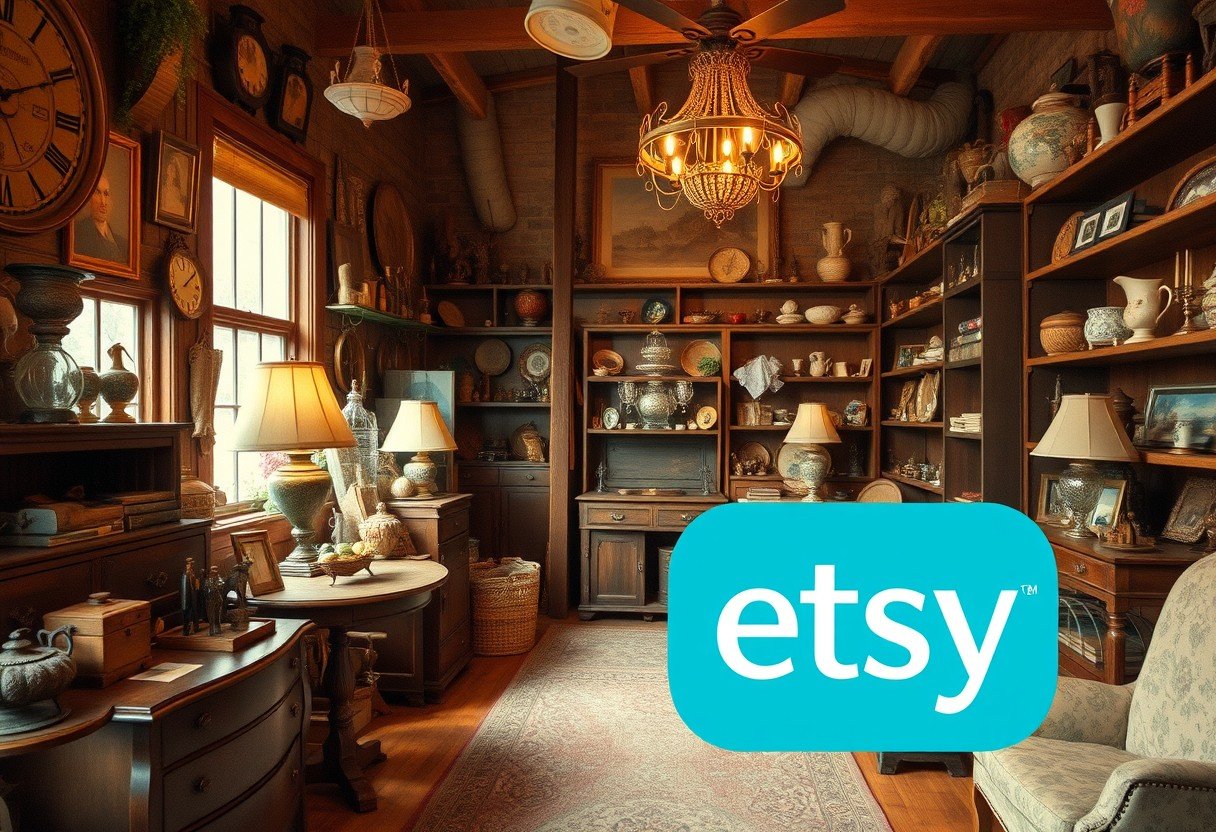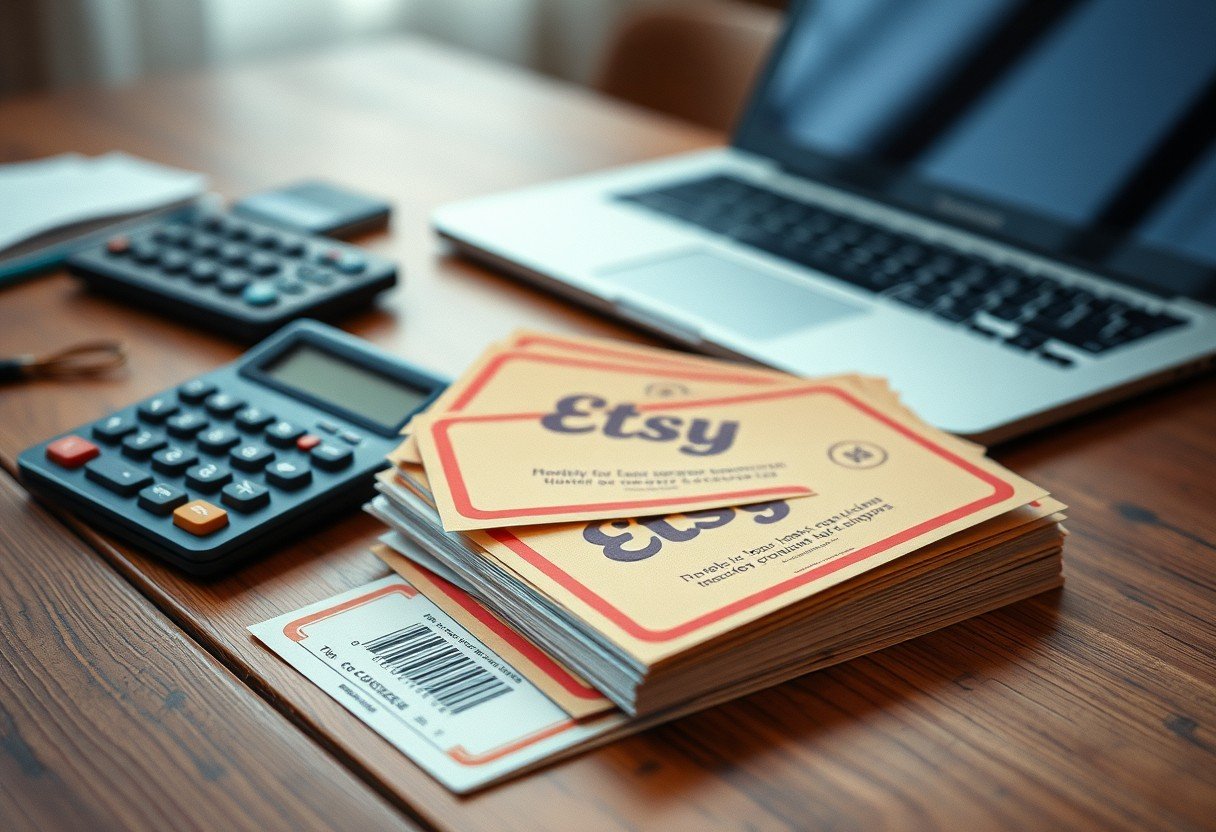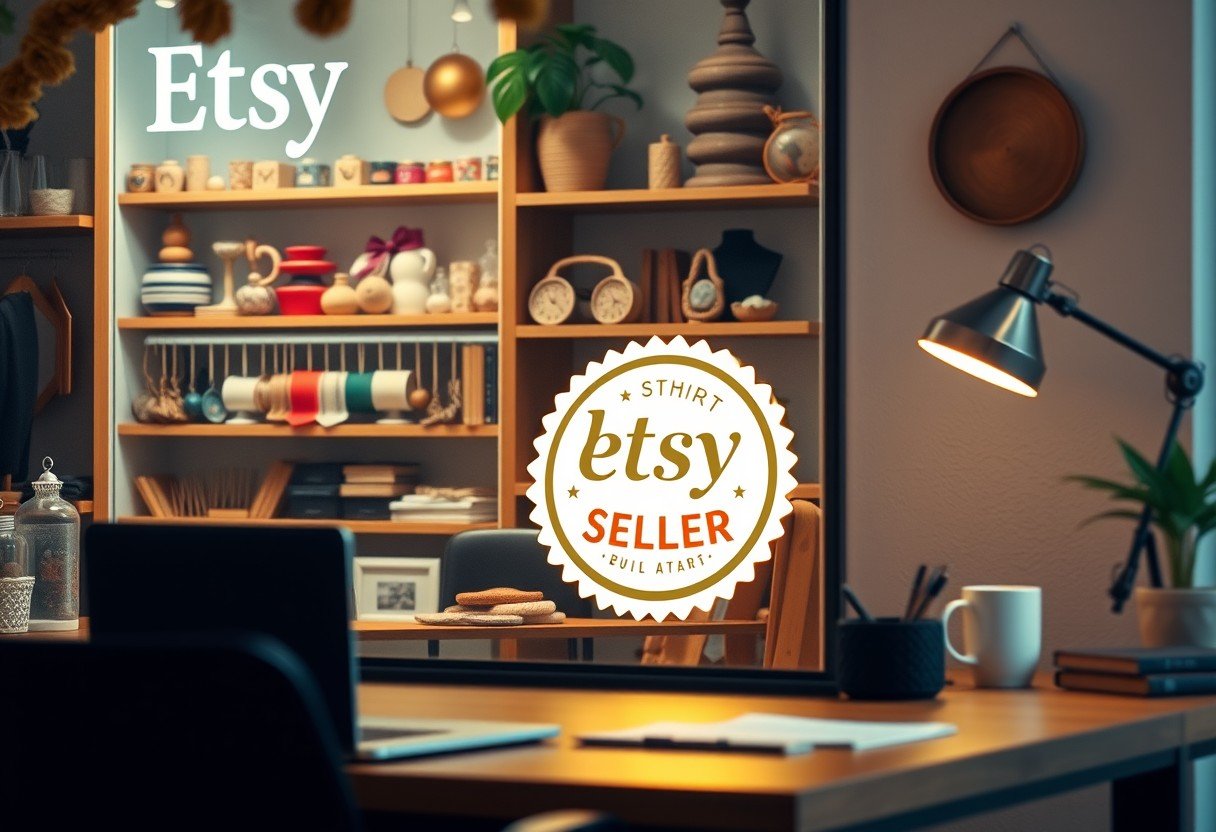Are you thinking about selling your antiques on Etsy? This popular online marketplace is known for unique, vintage, and handmade goods, making it a potential goldmine for antique dealers. It connects you directly with a global audience of buyers specifically looking for one-of-a-kind treasures. This guide explores the essential pros and cons to help you decide if Etsy is the right platform to grow your antique business and reach enthusiastic collectors.
Why Choose Etsy for Your Antique Business?
Etsy stands out from other e-commerce giants because of its specific focus. The platform has cultivated a community that actively seeks out items with history, character, and craftsmanship, which is the perfect environment for selling antiques.
The primary advantage of selling on Etsy is its highly targeted audience. Millions of users visit the site specifically for vintage items, meaning your products are shown to people who are already interested in what you have to offer. You don’t have to fight for attention against a sea of generic, mass-produced goods. This specialized marketplace gives your small business immediate access to a passionate customer base.
Furthermore, Etsy provides sellers with a suite of tools designed to help them succeed. You can create a customizable online storefront that reflects your brand’s personality, and the platform offers built-in analytics to track your shop’s performance. These features make it easier to manage your business and focus on what you do best: sourcing and selling beautiful antiques.
Navigating the Competitive Antiques Market on Etsy
While Etsy offers a great audience, it also comes with significant competition. The number of antique and vintage sellers has grown, making it crucial to find ways to make your shop stand out. Success isn’t just about listing an item; it’s about curating a collection and presenting it effectively.
Certain antique categories are consistently popular among Etsy shoppers. By focusing on these high-demand niches, you can increase your shop’s visibility. Some of the top-performing areas include:
- Vintage Jewelry: Unique rings, necklaces, and brooches often attract buyers looking for distinctive accessories.
- Antique Home Decor: Items like glassware, mirrors, and pottery appeal to customers wanting to add character to their homes.
- Collectible Furniture: Small, shippable furniture pieces with a unique history are highly sought after.
A major trend influencing sales is the growing interest in sustainability. Many buyers turn to antiques as an eco-friendly alternative to new products. Highlighting the sustainable aspect of your items can be a powerful marketing tool. You can also tap into trends like curated collections or upcycled antiques, which appeal to modern buyers who want to express their individuality through their purchases.
How to Create Listings that Sell Your Antiques
Your Etsy listings are your digital storefront, and creating compelling ones is key to turning browsers into buyers. Since customers can’t physically inspect the item, your photos and descriptions must do all the work. It’s about building trust and telling a story that makes someone fall in love with your piece.
Start with high-quality photographs. Use natural light and shoot your antique from multiple angles to show every detail, including any imperfections. A clean, uncluttered background helps the item stand out. Close-up shots of maker’s marks, unique textures, or intricate details can add significant value.
Your description is just as important. Go beyond basic facts and tell the story of the item. Mention its age, origin, condition, and any interesting history you know. Use descriptive keywords that a potential buyer might search for, such as “Art Deco silver locket” or “Mid-Century modern armchair.” Be completely transparent about the item’s condition, as honesty builds credibility and prevents disputes.
Mastering the Art of Shipping and Handling Antiques
Shipping is one of the most critical parts of selling fragile and valuable antiques online. A broken item leads to an unhappy customer, a refund, and a potential blow to your shop’s reputation. Developing a solid shipping strategy is non-negotiable for success.
The golden rule is to pack every item as if it will be handled roughly. Use a sturdy, new box and ample padding materials like bubble wrap, foam, or packing peanuts. Wrap the item securely and ensure it cannot move around inside the box. For extremely delicate items, consider double-boxing, where the item is packed in a smaller box that is then placed inside a larger, well-padded box. Always label the package clearly with “Fragile” stickers.
Choosing the right shipping carrier is also vital. Different carriers offer various levels of service, insurance, and tracking. Researching your options will help you find the best balance of cost and reliability for your business.
| Carrier Feature | USPS | UPS | FedEx |
|---|---|---|---|
| Best For | Smaller, lighter items | Heavier items, ground shipping | Express shipping, detailed tracking |
| Insurance | Included up to a certain value | Available for purchase | Available for purchase |
| Tracking | Standard on most services | Robust and detailed | Highly detailed, real-time |
Always purchase adequate insurance coverage for valuable antiques. While it adds to the cost, it protects you from significant financial loss if an item is damaged or lost in transit. Offering various shipping speeds can also appeal to different customer needs.
Important Legal and Authenticity Rules to Follow
Selling antiques comes with a responsibility to be truthful and compliant with certain laws. Ignorance is not an excuse, and failing to follow regulations can lead to serious consequences for your shop, including suspension from Etsy or legal action.
Authenticity is paramount. You must be diligent in verifying the provenance of your items. If you claim a piece is from a specific era or by a particular maker, be prepared to back it up. Misrepresenting an item, even unintentionally, can destroy your reputation. If you are selling a reproduction, you must clearly state it in the listing title and description. Etsy’s policies are very strict on this matter.
You also need to be aware of regulations governing the sale of certain items. For example, the Cultural Property Act restricts the trade of items deemed culturally significant. Different regions also have laws about specific materials, such as ivory. Before listing an item, research any local or international laws that might apply to ensure you are selling it legally.
Marketing Your Etsy Shop to Attract More Buyers
Simply listing your antiques isn’t enough; you need to actively market your shop to drive traffic and build a loyal following. Effective marketing involves connecting with your audience and showcasing what makes your collection special.
Social media is a powerful tool for antique sellers. Platforms like Instagram and Pinterest are highly visual, making them perfect for showcasing your beautiful items. Post high-quality photos and videos, share the stories behind your pieces, and use relevant hashtags to reach a wider audience. Engaging with followers by responding to comments and messages helps build a community around your brand.
Building a loyal customer base is about creating positive experiences. Encourage repeat business by offering excellent customer service. Respond to inquiries promptly, ship orders quickly, and consider including a personalized thank-you note in your packages. You can also create a newsletter to announce new arrivals or offer exclusive discounts to past customers, making them feel valued and encouraging them to return.
Frequently Asked Questions
What types of antiques sell best on Etsy?
Unique and rare items tend to perform very well. Popular categories include vintage jewelry, home décor, collectibles, furniture, and art. Shoppers on Etsy are often looking for pieces with character that they cannot find in a typical store.
How do I price my antiques on Etsy?
Research is key. Look at what similar items have sold for on Etsy and other marketplaces. Consider the antique’s condition, rarity, age, and historical significance when setting a price that is both competitive and profitable.
What should I include in my Etsy listing for an antique?
A strong listing includes clear, high-quality photos from all angles, precise dimensions, and a detailed description. Be sure to mention the item’s history, materials, and any flaws. Using relevant keywords and tags will help buyers find your item in searches.
Can I sell items that are not technically antiques on Etsy?
Yes, Etsy’s policy allows for the sale of vintage items, which are defined as being at least 20 years old. Antiques are generally considered to be 100 years or older. Both categories are popular on the platform.
Is it better to have a niche antique shop on Etsy?
Focusing on a specific niche, such as Victorian-era jewelry or mid-century modern glassware, can help you stand out. A curated shop attracts dedicated collectors and makes it easier to build a strong brand identity and loyal customer base.







Leave a Comment